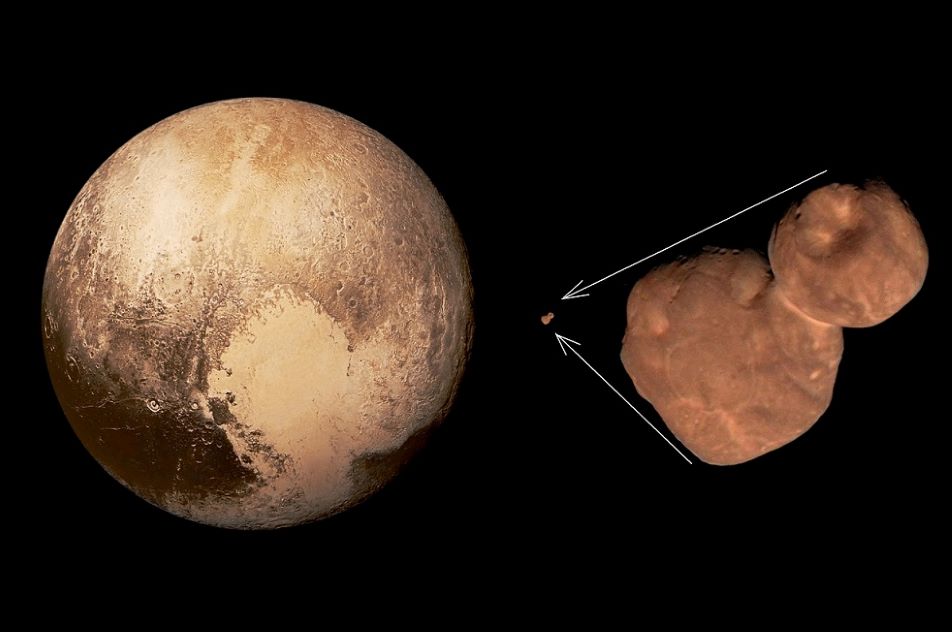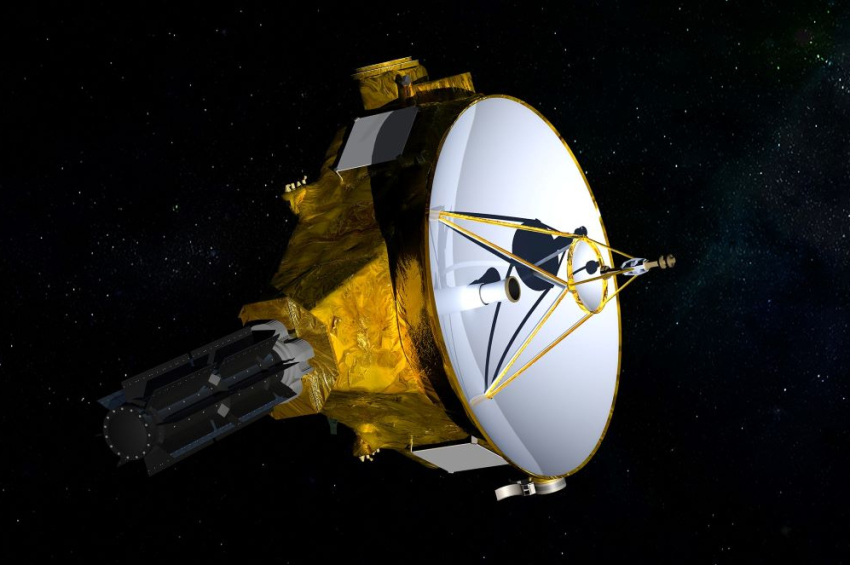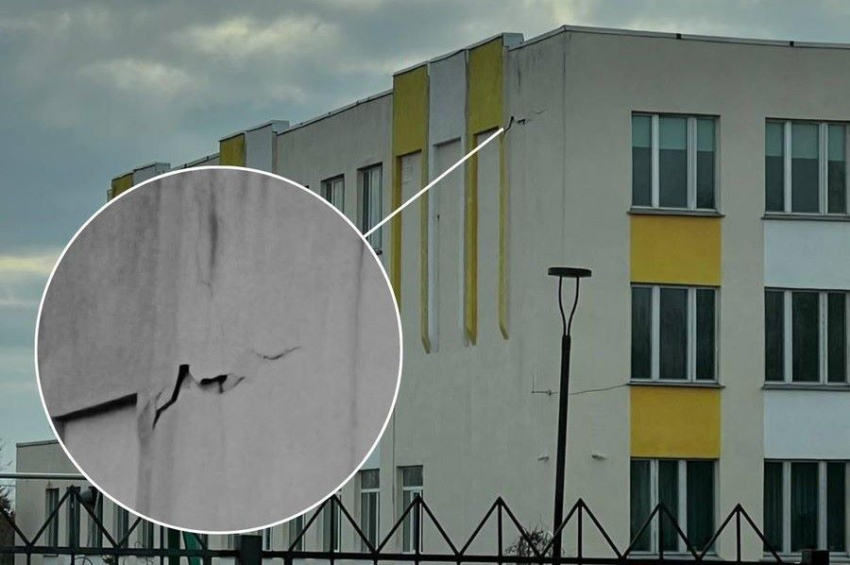Why NASA changes New Horizons’ mission
The US National Aeronautics and Space Administration (NASA) announced this week a change in the primary target for its New Horizons probe, which has been exploring the objects in the Kuiper asteroid belt for almost 15 years.
The New Horizon, famous for a series of high-resolution photos of Pluto in 2015 and Arrokoth in 2019, will now study the environment at the distant reaches of the Solar System, at about 8 billion kilometers from Earth, the journal Nature reported.
The one-billion-dollar, 200-kilogram probe’s original objective was to gather data about the frozen objects that orbit the Sun beyond Neptune.
New Horizons paid humanity’s first visit to dwarf planet Pluto and discovered Arrokoth, a 35-kilometer-long matryoshka-shaped rock.

Pictures of Pluto (left) and Arrokoth, taken by the New Horizons. Image: NASA
One serious reason is that the probe found no suitable candidate for exploration in the Kuiper asteroid belt after the breakthrough success with Pluto and Arrokoth. A routine review for performance and prospects of active missions by a panel of scientists concluded that it keeping the probe in its current mission could be hardly justified. Instead, the reviewers proposed to shift from planetary study to heliophysics research.
Based on this recommendation, NASA said the funding for planetary study will stop in late September 2024 and then the probe will be transmitted to a team of heliophysicists.
Launched in 2006, New Horizons also flew by Jupiter in February 2007 at a distance of 2.4 million kilometers.







